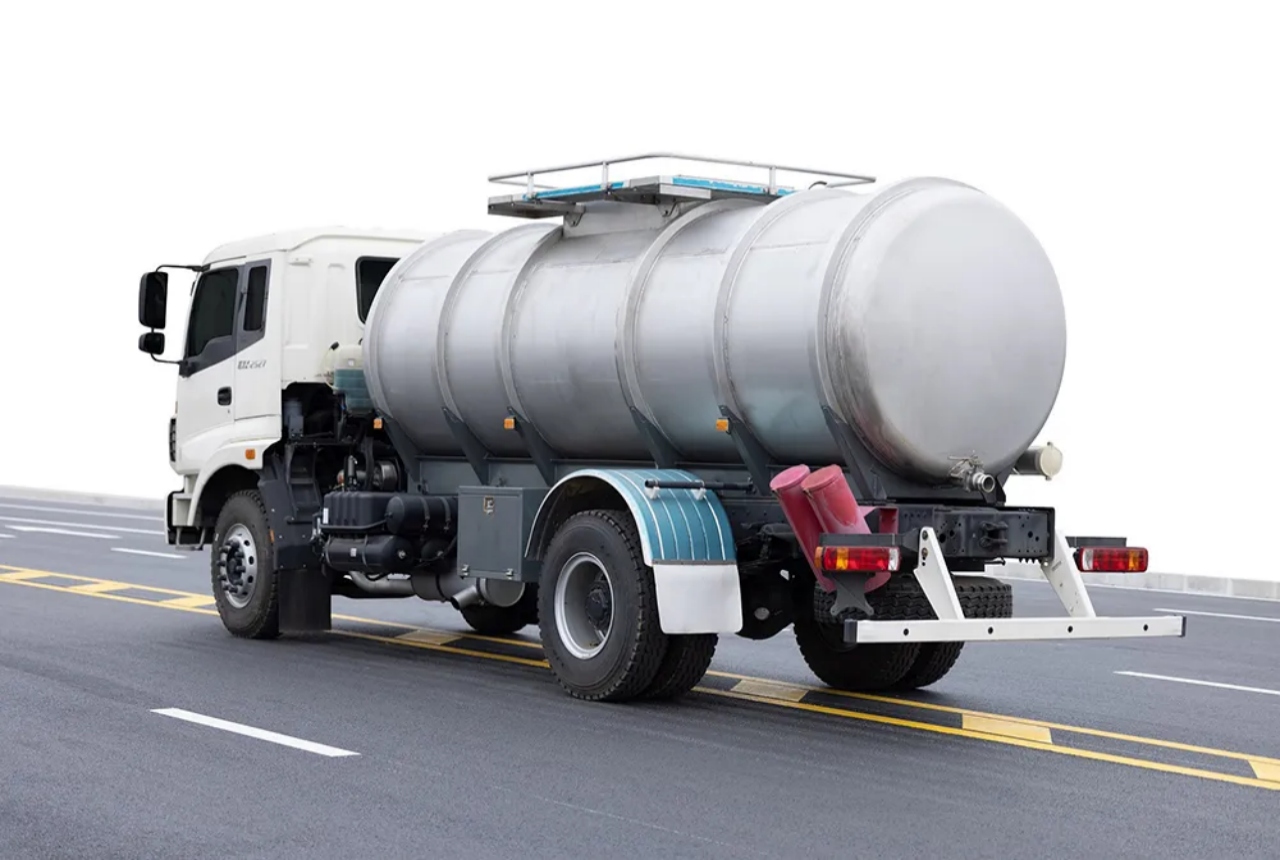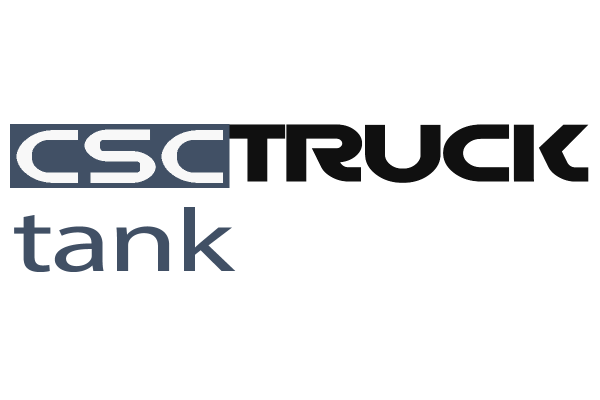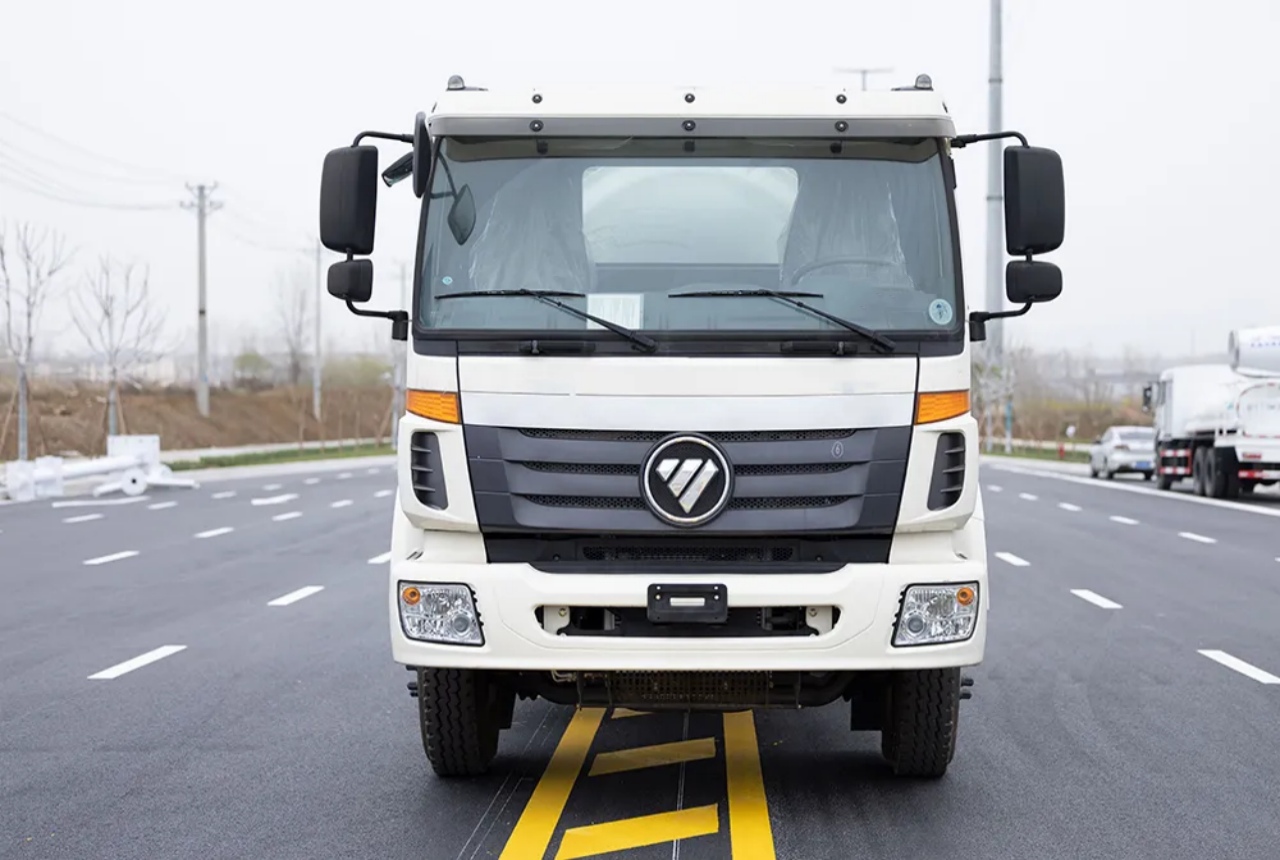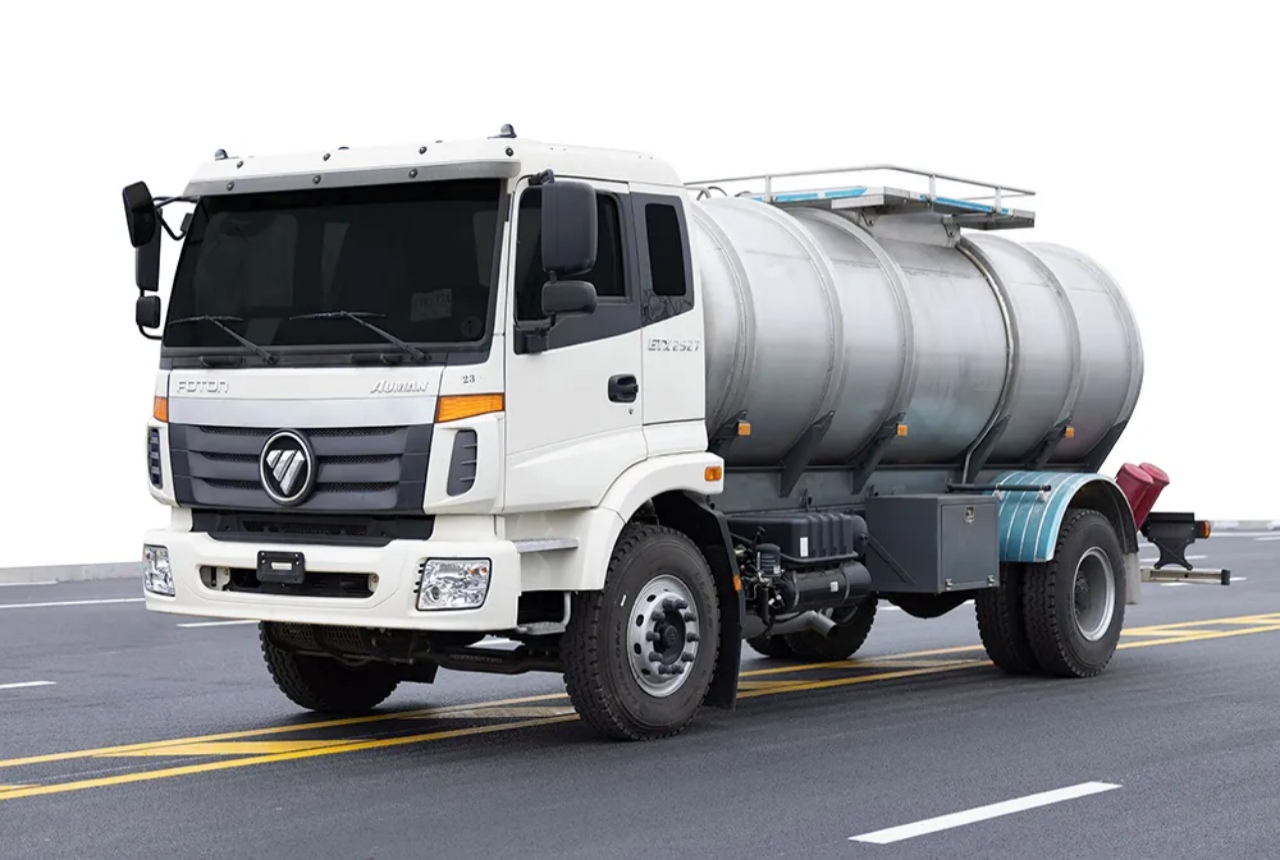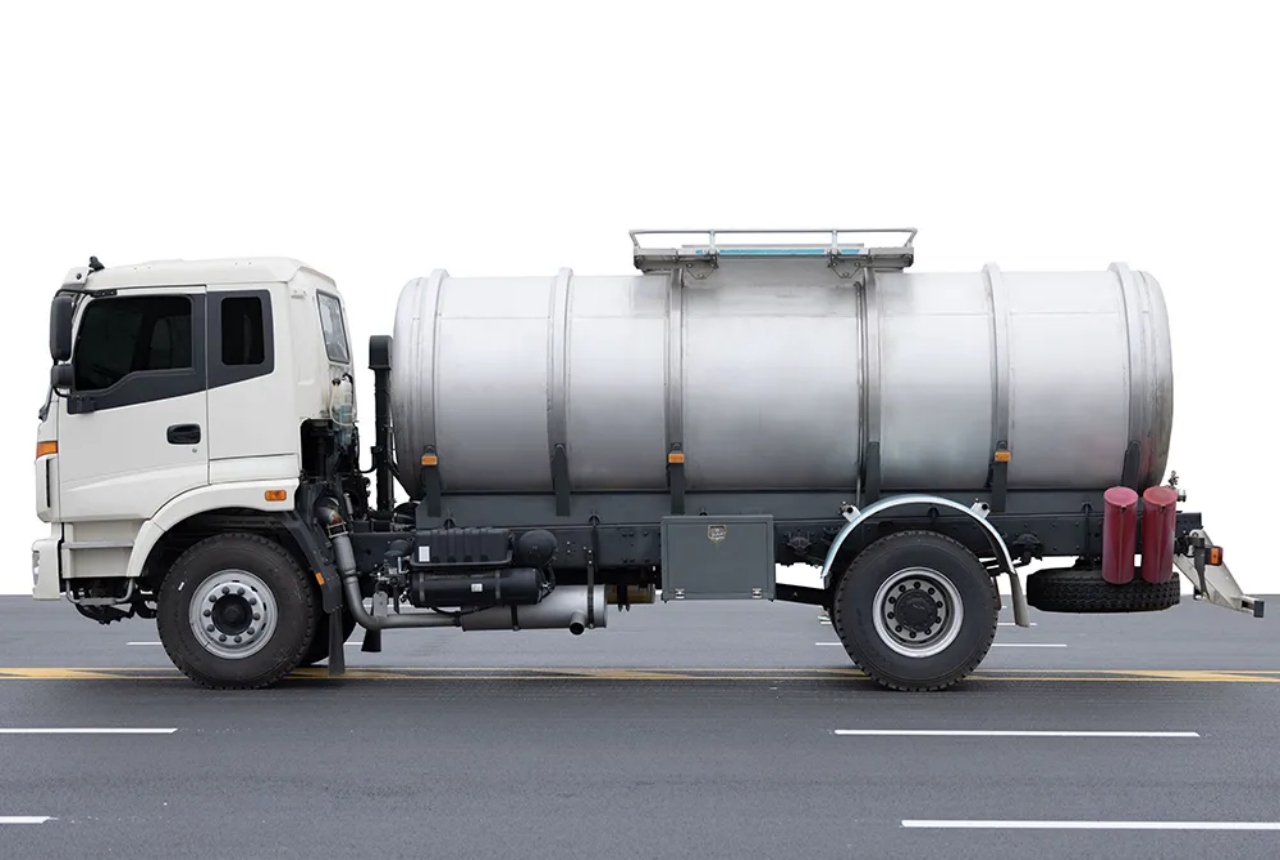Water trucks play an essential role in a wide range of industries, including construction, agriculture, mining, firefighting, and dust control. Their main function is to transport and distribute large volumes of water efficiently. One critical operation that determines the effectiveness and efficiency of these vehicles is the loading process. Properly loading a water truck involves more than just filling it with water—it requires attention to safety, procedures, equipment, and environmental considerations. In this article, we’ll explore how to load a water truck step by step, the types of water sources used, safety protocols, equipment involved, and tips for optimizing the process.
Understanding a Water Truck
Before diving into the loading procedure, it’s essential to understand the basic components of a water truck. A standard water truck consists of:
- Chassis: The base frame of the truck.
- Tank: Usually made of steel, aluminum, or polyethylene, ranging from 2,000 to 10,000 gallons in capacity.
- Pump System: Helps in drawing and distributing water.
- Spray Nozzles: Control the direction and pattern of water distribution.
- Filling Ports or Inlets: Locations where water is loaded into the tank.
- Valves and Hoses: Regulate and direct water flow during loading and unloading.
Loading the water truck efficiently and safely is critical to its operation and longevity.
Step-by-Step Guide to Loading a Water Truck
1. Choose a Water Source
The first step in loading a water truck is identifying an appropriate water source. These can include:
- Municipal water lines (hydrants)
- Wells or reservoirs
- Rivers, lakes, or ponds (subject to local regulations)
- On-site storage tanks
Each source has its benefits and drawbacks. For instance, hydrants provide treated water at high pressure, while surface sources may require filtration and permits.
2. Inspect Equipment and Site
Before loading:
- Check the tank and all valves for leaks.
- Ensure hoses and fittings are in good condition.
- Verify the pump is operational (if using one).
- Inspect the water source for debris or contamination.
- Secure the vehicle on level ground with the parking brake applied.
Safety and cleanliness are paramount to avoid damage to the truck or contamination of the water.
3. Connect the Hose to the Water Source
Attach the intake hose to the water source. If you’re using a hydrant, ensure you use a hydrant wrench and follow local utility company regulations. For natural sources, use a filter to prevent debris from entering the tank.
Make sure all hose connections are tight to prevent leaks or air from entering the system. Depending on the source, a suction pump or gravity feed may be used.
4. Open the Intake Valve
Once everything is connected:
- Open the intake valve on the truck to begin the filling process.
- If using a pump, turn it on to draw water into the tank.
- Monitor the flow rate and pressure. Too high pressure can damage internal components or cause overfilling.
The filling process can take several minutes to over an hour, depending on the tank size and water pressure.
5. Monitor the Filling Process
Never leave a filling truck unattended. Watch the water level carefully to avoid overfilling, which can result in:
- Spillage and water waste
- Increased risk of slipping hazards
- Damage to the tank or valves
Most water trucks are equipped with sight gauges or overflow ports to indicate tank level. Advanced models may have electronic monitors or automatic shutoff valves.
6. Close Valves and Disconnect Hoses
Once the tank is full:
- Shut off the water supply.
- Turn off the pump (if used).
- Close the truck’s intake valve.
- Carefully disconnect the hose, ensuring residual pressure is released first.
- Coil and store the hose properly to prevent kinks or damage.
Use absorbent mats if necessary to catch drips and prevent water pooling around the work area.
7. Final Inspection
After loading:
- Check for leaks or loose fittings.
- Ensure the tank lid is securely closed.
- Inspect brakes and tires, as the vehicle’s weight has increased significantly.
- Record the volume of water loaded (if required for billing or tracking).
Now the truck is ready for transport or on-site distribution.
Equipment Used in Loading a Water Truck
Several tools and components are essential for safe and efficient water loading:
- Suction hose: Reinforced hose for drawing water into the tank.
- Pump system: Diesel, gasoline, or PTO-driven pumps to boost intake.
- Strainers and filters: Prevent debris from entering the tank.
- Valves and couplings: Regulate flow and connect hoses securely.
- Sight gauge: Allows operators to monitor water level visually.
- Backflow preventers: Essential when connecting to municipal sources to prevent contamination.
Using the right equipment ensures the longevity of the truck and the safety of personnel.
Safety Considerations
Loading water trucks involves significant risks if proper procedures are not followed. Key safety measures include:
- Personal Protective Equipment (PPE): Gloves, boots, and eye protection.
- Water source safety: Secure the area around natural bodies of water.
- Pump handling: Avoid contact with hot engine parts or moving components.
- Vehicle stability: Ensure the truck is on level ground and not overloaded.
- Legal compliance: Follow local rules for water usage and permits.
Additionally, never allow water to sit stagnant in the tank for extended periods, especially if it’s meant for potable or fire-fighting use.
Optimizing the Loading Process
Efficiency in loading a water truck can save time, labor, and costs. Here are some optimization tips:
- Use high-capacity pumps to speed up filling.
- Pre-position hoses and connectors at loading points.
- Regularly maintain pumps and valves to avoid delays or failures.
- Train operators thoroughly on equipment handling and safety.
- Install flow meters and automatic shut-off systems to prevent overfilling.
Smart planning, preventive maintenance, and training can enhance the reliability and performance of your water truck fleet.
Conclusion
Loading a water truck is a vital task that directly affects the efficiency and safety of operations across many sectors. Understanding the proper techniques, using the right equipment, and following safety protocols can ensure that the water truck is correctly loaded every time. Whether you’re using the vehicle for dust suppression, irrigation, fire suppression, or road construction, a well-executed loading process supports smooth and successful operations. By mastering these procedures, operators can contribute to safer job sites, reduced downtime, and longer-lasting equipment.
